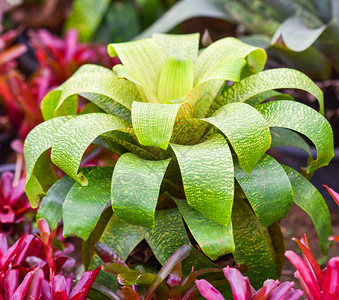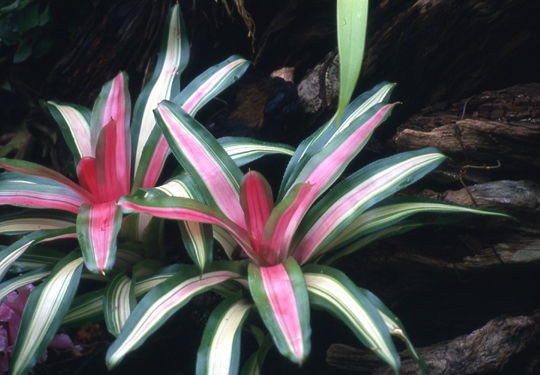- English
- Chinese
- French
- German
- Portuguese
- Spanish
- Russian
- Japanese
- Korean
- Arabic
- Irish
- Greek
- Turkish
- Italian
- Danish
- Romanian
- Indonesian
- Czech
- Afrikaans
- Swedish
- Polish
- Basque
- Catalan
- Esperanto
- Hindi
- Lao
- Albanian
- Amharic
- Armenian
- Azerbaijani
- Belarusian
- Bengali
- Bosnian
- Bulgarian
- Cebuano
- Chichewa
- Corsican
- Croatian
- Dutch
- Estonian
- Filipino
- Finnish
- Frisian
- Galician
- Georgian
- Gujarati
- Haitian
- Hausa
- Hawaiian
- Hebrew
- Hmong
- Hungarian
- Icelandic
- Igbo
- Javanese
- Kannada
- Kazakh
- Khmer
- Kurdish
- Kyrgyz
- Latin
- Latvian
- Lithuanian
- Luxembou..
- Macedonian
- Malagasy
- Malay
- Malayalam
- Maltese
- Maori
- Marathi
- Mongolian
- Burmese
- Nepali
- Norwegian
- Pashto
- Persian
- Punjabi
- Serbian
- Sesotho
- Sinhala
- Slovak
- Slovenian
- Somali
- Samoan
- Scots Gaelic
- Shona
- Sindhi
- Sundanese
- Swahili
- Tajik
- Tamil
- Telugu
- Thai
- Ukrainian
- Urdu
- Uzbek
- Vietnamese
- Welsh
- Xhosa
- Yiddish
- Yoruba
- Zulu
- Kinyarwanda
- Tatar
- Oriya
- Turkmen
- Uyghur

Loved by interior designers and gardeners for their vibrant colors and unusual forms, bromeliads are a varied and very decorative family of plants. Originally from tropical and subtropical climates, these low-maintenance, distinctive plants have grown to be the favored ornamental plants for many homes and businesses. Have distinctive air purifying ability, strap-like leaves, and brilliantly vivid blooms.

Bromeliad
Morphological traits
The brilliant blossoms of bromeliads are among their most striking characteristics. Their bloom spans weeks or even months, hence they are a centerpiece of interior design. Rich and varied hues abound in bromeliads: pink, crimson, orange and yellow. Their look is even more unusual as these vivid blossoms stand out against the green leaves of the plant, which have a stripe pattern. Further adding to their decorative worth are bromeliads’ often strap-like arrangement of their leaves and their smooth, sometimes glossy texture.
One further unusual feature of is their absorptive capacity. Though they have roots, most bromeliads take up nutrients and water via the surface of their leaves. Their great adaptability as such enables them to live in conditions with inadequate soil. Particularly tillandsia plants, often known as air plants, may flourish without soil depending only on moisture in the air and their leaves for water and nutrients.
Functions in Ecology
More than merely decoration, Bromeliaceae have several ecological purposes; its most well-known use is in enhancing indoor air quality. Research has shown that bromeliads assist to clean the air by absorbing toxins such formaldehyde and benzene found in the atmosphere. Commonly found in paints, dry cleaning garments, gas combustion equipment, and bromeliads, formaldehyde is transformed into innocuous compounds via their leaves. This makes protectors of a healthy environment as well as aesthetically pleasing accents in the house.
Growth Context
Most of them are native to tropical areas, hence they are suited for warm and humid temperatures in terms of growing environment. Usually cultivated indoors, bromeliads flourish in medium or brilliant indirect light. While certain thrive in direct sunshine, it is advised to use gauze curtains or blinds to hide the light in cases of too intense sunlight. Getting the correct level of light will maintain the health and strength of your plants and assist to increase the colorfulness of your blossoms.
Bromeliads have quite minimal water needs even if they have considerable light needs. Many can live even if you forget to water them sometimes; they are drought resilient. For people who lack the time to regularly care to their plants, are thus perfect. Generally keep the soil somewhat damp; avoid putting the plants in a soggy environment for extended lengths of time as this may lead to root rot.
Growing outside, the light needs of bromeliads vary depending on species. While some species are better suited to the shade, others flourish in broad light. The features of the species will help one decide on an outdoor site by guiding the light needs of the plant.
Watering and Humidity Needs
Watering a bromeliad differs from that of other plants. The central water cup—a funnel-shaped construction created by the leaves—of most bromeliads not only gathers water but also absorbs air-based moisture. Thus, while watering bromeliads, you may pour water straight to the water storage cup such that the surrounding soil stays just slightly moist but not too wet.
Usually preferring a humid surroundings, a little rise in air humidity will enable the plant to flourish in a dry indoor setting. Should the air in your house be too dry, you may raise the humidity using a humidifier or mist water on the leaves to preserve an appropriate humidity level. Bromeliads are very fit for places with high humidity, including bathrooms or kitchens because they are rather sensitive to humidity.
Approaches of propagation
Particularly in division, propagation techniques are somewhat basic. Little plants—also known as daughter plants—will develop at the base of the bromeliad plant as its mother plant starts to wither. These young plants may be moved into fresh pots to create new bromeliad plants; they develop slowly. For home gardeners, division is a very successful and somewhat simple and easy-to-learn propagation technique.
Although seeds may also be used for propagation of bromeliads, this approach calls more cautious treatment and a longer period of time. Division is a more often used technique of propagation as bromeliads grown from seeds might take many years to develop, grow and bloom.
Typical issues and remedies
Even although bromeliads are rather flexible, planted inside they might still have some typical issues. For instance, either too little or too much water may induce yellowing, drying, or browning of leaves. Usually, poor humidity or too strong direct sunlight are the causes of dark blotches on leaves. The plant should be relocated at this point to somewhere with softer light, and the air humidity should be raised suitably.
Should the development rate of the plant prove to be sluggish or the leaves get dull, these might indicate inadequate nutrition. Although bromeliads need less fertilizer, using a little bit of regular indoor plant fertilizer at the correct moment might help them flourish particularly during the peak growing season. Steer clear of too generous fertilizer to prevent root burns.
Ornamental and ornamental value
Although they are very common in gardens, their ornamental worth cannot be overlooked. Bromeliads take front stage in modern and contemporary homes thanks in great part to their vibrant blossoms and strap-like leaves. Bromeliads may provide a little of tropical flair and energy to any room—living, dining, or bedroom.
Moreover, are a perfect fit for offices of their little upkeep. For those hectic urbanites, they are definitely extremely handy as they can keep their lovely look with minimum effort.

Bromeliad
Representing tropical plants, have not only garnered great appreciation for their distinctive look and beautiful blossoms but also become perfect indoor green plants in homes and businesses because of their cheap maintenance and varied adaptation. Proper lighting, water control and humidity management help bromeliads to flourish in a range of surroundings. Their special air cleaning ability simultaneously provides better air quality for homes. Provide us more green and vigor whether they are ornamental plants or gardening hobbies.



